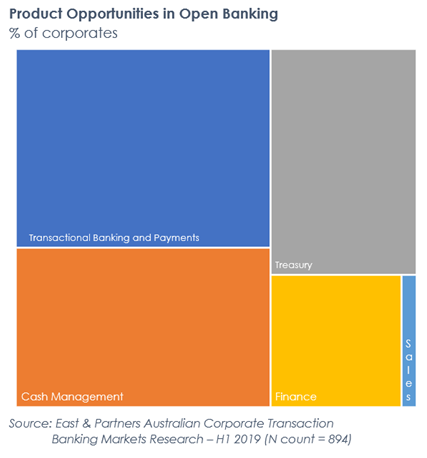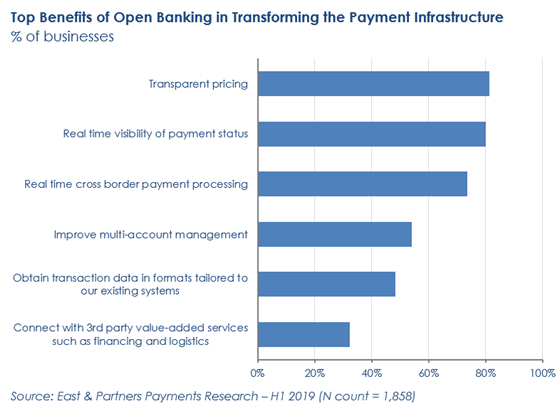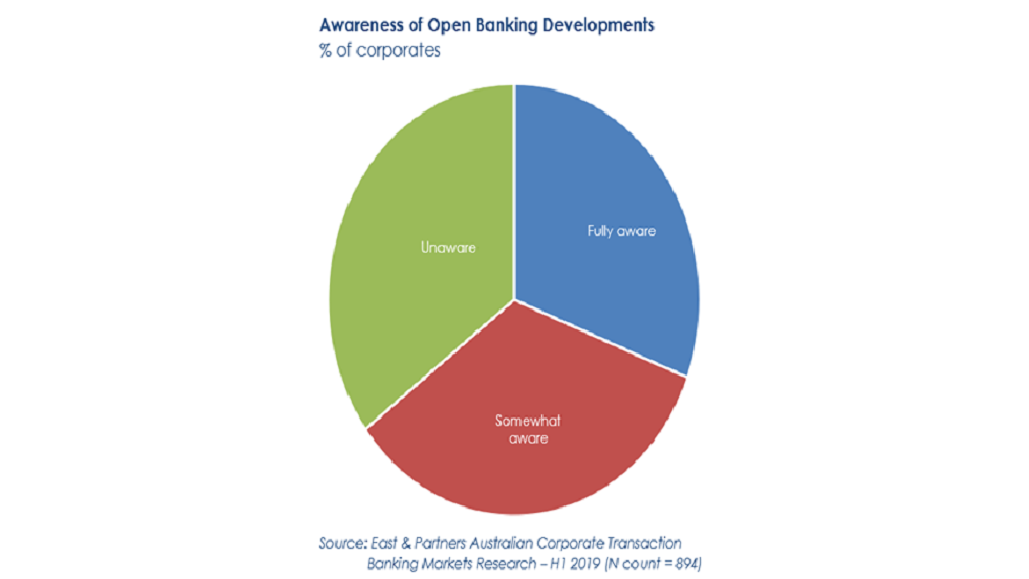 It’s been slightly over a year since the UK embarked on its Open Banking reforms, mandating banks to share their data with regulated third parties. In three months’ time, all major banks in Australia will need to open their customer data on credit and debit cards, deposit as well as transaction accounts. Open Banking appears to be gaining traction globally.
It’s been slightly over a year since the UK embarked on its Open Banking reforms, mandating banks to share their data with regulated third parties. In three months’ time, all major banks in Australia will need to open their customer data on credit and debit cards, deposit as well as transaction accounts. Open Banking appears to be gaining traction globally.
So, how is this new landscape playing out in Asia Pacific, especially in the corporate space?
Current Level of Awareness Among Corporates: Medium
The developments around Open Banking have yet to gain full awareness among corporates. In Australia, for example, when CFOs and corporate treasurers are asked whether they are familiar with the latest Open Banking developments, there seems to be a nearly equal split between those who are fully aware (30.9 percent) vis-à-vis those somewhat aware (33.9 percent) and entirely unaware (35.2 percent).
Encouragingly, however, the very fact that all large businesses surveyed in Asia have at least an idea of how they want Open Banking to improve their payments services signals that they somewhat understand what it entails.

Opportunities with Transaction Banking and Payments
Transaction banking and payments has been singled out as the most likely area to reap the rewards of Open Banking with more than one in three (35.2 percent) large corporates in Australia nominating it, ahead of cash management (28.3 percent), treasury (23.0 percent) and finance (12.1 percent).

Key Focal Points: Pricing Transparency and Real Time Visibility
While there are ample opportunities for Open Banking to remake business payment solutions, the highest priorities are to improve price transparency and enhance real time visibility of payment status, cited by over four in five businesses in Asia.
Other areas where Open Banking can play a key role in upgrading the payments process include achieving real time cross border payment processing (73.5 percent), improving multi-account management (54.0 percent) and furnishing transaction data in formats compatible with businesses’ existing systems (48.4 percent).

If you enjoyed this article, please sign up at East & Partners.


Leave a Reply